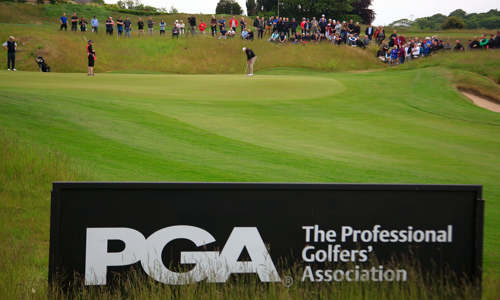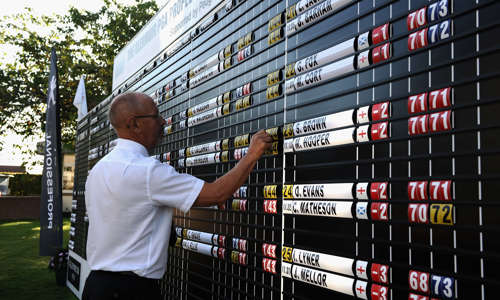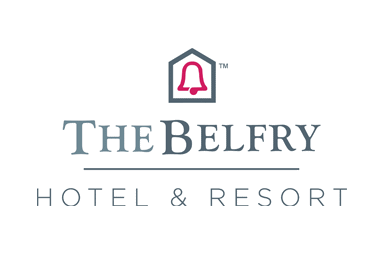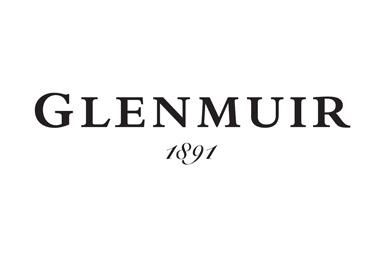Your next port of call was Carnoustie, which you joined the year The Open returned there in 1999?
It hadn’t had an Open since 1975. I wouldn’t say it had spent nearly 25 years in the wilderness, but it was significant moment. There was an incredible greenkeeper in John Philp, and he set the building blocks in place which transformed it into the most unbelievable place. No matter where I played in the world, I always found the quality of the course at Carnoustie the best. I had three Opens during my time there. 1999 was great, obviously, with Paul Lawrie winning, but I enjoyed 2007 on the basis that we seemed to have spent the previous eight years defending Carnoustie. Everyone was calling it “Carnasty” after that 1999 Open. It wasn’t nasty, it was tough. Carnoustie is one of the toughest yet fairest courses you’ll get and 2007 cemented that reputation.
That Open finally put the “Carnasty” tagline to bed. I learned pretty much everything in management during my time at Carnoustie. When I started it was pretty much looking after the pro shop, then it became golf operations, and I went from looking after five or six people to 32 to 33. All of a sudden it was a different role and that’s when I realised I could manage a whole facility. Ultimately, I wanted to manage one of the best clubs in the world, but I still felt I needed another apprenticeship leading a club.
That’s when Nairn came calling in 2019?
I was born in Inverness, my father was a Nairn member, my wife and I were country members there when I was at Carnoustie, so there was already a strong affiliation. And, boy, did I learn a lot there. I was exposed to every element of management and, of course, Covid was thrown into the mix.
There was a lot of panic in the industry, and that was down to the unknowns of the situation. But we remained calm and stuck to our plans.
Great clubs like Nairn were not going anywhere. Even in tough times they would come through.




































